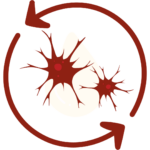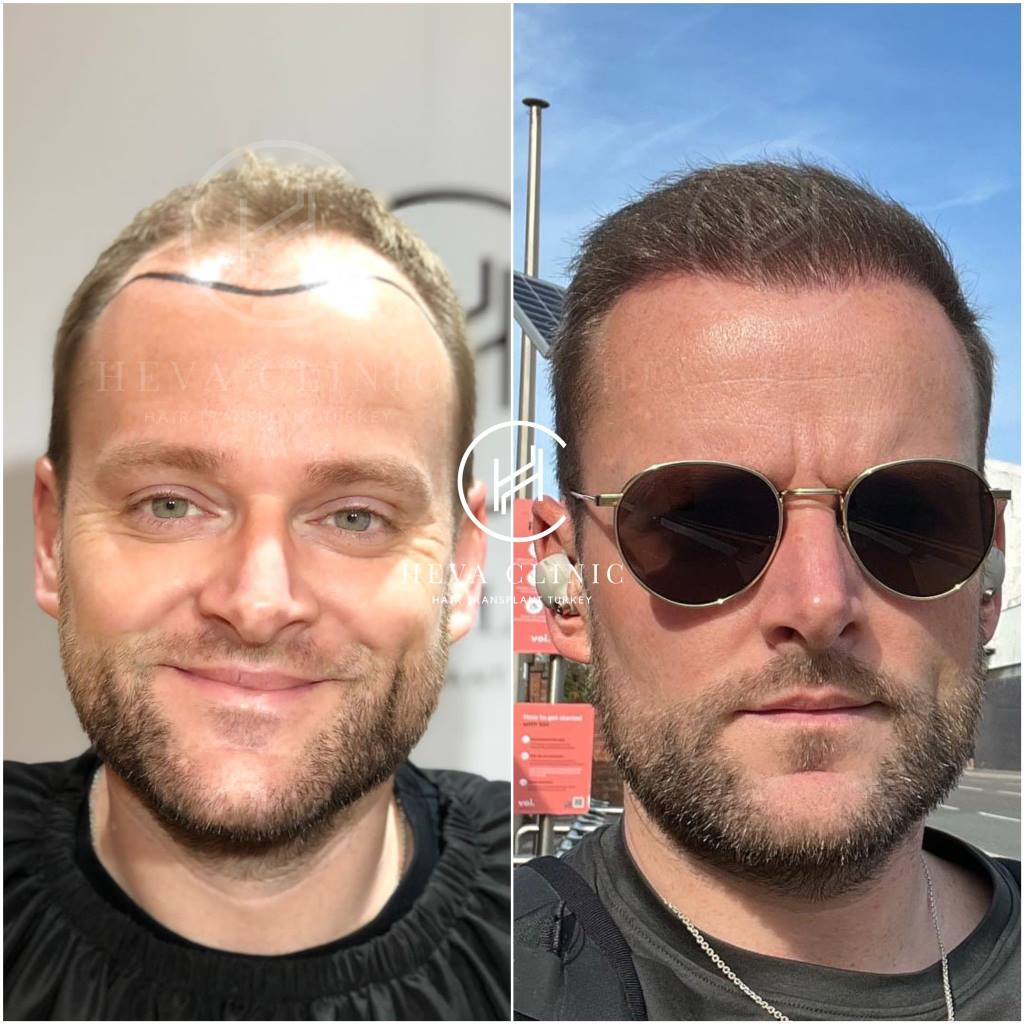
Hair loss has become a significant concern for many people who value their appearance and hair transplant is the only permanent solution to this issue. However, despite its widespread effectiveness and popularity, there are various myths circulating online, including one that claims a connection between hair transplants and cancer. Continue reading to unravel the truth behind these misconceptions and discover the facts about the rejuvenating journey.
Do Hair Transplants Cause Cancer?
Simply, no. A hair transplant is a surgical solution that involves the intricate relocation of healthy hair follicles from a donor area to the region affected by baldness. This minimally invasive procedure carries no carcinogenic risks, and it’s important to emphasize that surgical interventions in hair transplants do not contribute to cancer development. Instead, cancer risk is often linked to external factors such as exposure to radiation, inadequate diet, and smoking habits.
What Are The Side Effects Of Hair Transplant?
Hair transplant is a safe, minimally invasive procedure, though it does come with certain risks. These risks include minor issues like bleeding, swelling, and folliculitis, as well as more severe complications like nerve damage, dermal cysts, and infection.
However, it’s important to remember that the likelihood of these risks occurring is relatively low, especially if you choose a qualified surgeon and follow a proper aftercare routine. Following these steps significantly reduces the chances of complications and achieves the desired results. Let’s delve into the risks of hair transplant in detail.

Swelling & Bleeding
During hair transplant surgery, the extraction of hair follicles or the creation of microchannels can result in bleeding, though it is typically not excessive. Activities like hitting your head or engaging in strenuous exercises post-surgery may also contribute to bleeding. Additionally, after the procedure, swelling is expected, manifesting in various facial regions. Some individuals may experience swelling on their forehead, while others may have it around their eyes or even develop a black eye. It’s important to note that swelling generally diminishes within a few days.

Shedding
Expecting immediate hair growth after hair transplant surgery is common; however, shedding is a normal process that occurs after the procedure. This process involves the transplanted hair falling out and a new growth cycle. Shedding occurs because the hair root becomes intact, and the hair shaft falls out, allowing new growth to start from the root again. Typically, the shedding process occurs 2-3 weeks after the procedure, and new hair growth becomes visible after 3-4 months. In some cases, there may be shock loss of existing hair due to the surgery. This is temporary, and the hair will regrow within a few months.

Nerve Damage
If you have recently undergone a hair transplant, you may experience numbness in your head due to various factors. This is typically caused by nerve damage from the anesthesia or incisions made during extraction. However, it is worth noting that this numbness and nerve damage, or loss of sensation, should dissappear gradually and does not persist for more than six months. To minimize these risks, choosing a qualified hair transplant surgeon is essential. Additionally, our aftercare consultants are available to discuss everything you need to know about aftercare; don’t hesitate to consult them for any concerns or questions.

Folliculitis
Folliculitis is an infection that affects the hair follicles in the area where a hair transplant has been performed. Poor hygiene practices usually cause this condition during and after the procedure. People with acne-prone skin are more susceptible to developing folliculitis. Clogging of the hair follicles due to ingrown hair may also cause this condition. Folliculitis typically appears as red bumps with yellow pus surrounding them. It is imperative to avoid scratching or rubbing the affected area. If the condition becomes severe, it is highly recommended that you seek medical attention from a dermatologist.

Infection
In addition to other risks, post-operative infection is a potential complication that deserves attention. Inadequate sanitation of medical instruments or insufficient aftercare are often the root causes of such infections. Avoiding unhygienic environments and excessive sweating is crucial to minimize the risk of infection. You should also take the antibiotics prescribed by your surgeon as directed. Keeping yourself healthy and taking proper precautions are essential in preventing infections. If you have any concerns regarding your aftercare, our medical team is always available to assist you.

Dermal Cyst
If you notice any swelling-like symptoms on your scalp, don’t worry. It could be a dermal cyst caused by ingrown hair or trauma to hair follicles. These cysts usually appear on the top layer of the skin and can be effectively treated if diagnosed early. They commonly disappear within a few weeks without any treatment. However, if the symptoms become severe or worsen over time, it’s always better to seek medical attention from a dermatologist. Remember not to scratch or pinch the cysts, which could lead to further complications. You’ll be able to return to your healthy self with proper care and attention.

Are There Any Long-Term Side Effects Of Hair Transplant?
Most, almost all, of the side effects of hair transplant are temporary and will disappear in less than four weeks. However, in some rare cases, side effects such as dermal cysts, numbness, or shock loss may persist longer. To minimize the potential of these risks, choosing a qualified hair transplant surgeon and a sterilized clinic is essential. Remember that the procedure is comprehensive and requires proper care before and after the transplant to achieve natural-looking results.
What Are The Short-Term Side Effects Of Hair Transplant?
As it’s mentioned above, such side effects include bleeding, discomfort, swelling, shedding, numbness, folliculitis and dermal cyst. It’s essential to take care of the wounds on the donor area to avoid abnormal bleeding, as they will soon form scabs. To ensure a smooth healing process, it is crucial to adhere to the aftercare guidelines recommended by the clinic. Additionally, to promote natural detachment of the scabs, it’s essential to use the medical shampoo and foam lotion produced for aftercare and follow the washing instructions carefully. Watch how to get rid of scabs below:
Can Cancer Patients Get A Hair Transplant?
Beating cancer requires strong mindset, dedication and professional medical support. Cancer patients who undergo excessive chemotherapy and radiotherapy treatments may experience hair loss, including facial hair. It is important to complete all necessary cancer treatments before planning and cosmetic surgery, including hair transplant. Once the cancer treatment is done, if the patient has a preserved donor area, they can get a hair transplant.
Overcoming cancer requires a resilient mindset, unwavering dedication, and the guidance of experienced medical team. For cancer patients enduring intensive chemotherapy and radiotherapy, the side effects can extend to hair loss, even affecting facial hair. Prioritizing the completion of all essential cancer treatments is crucial before considering any cosmetic procedures, including hair transplants.
Once the comprehensive cancer treatment is successfully done, patients with a preserved donor area can explore the option of undergoing a hair transplant. Reach us to plan your hair transplant!







